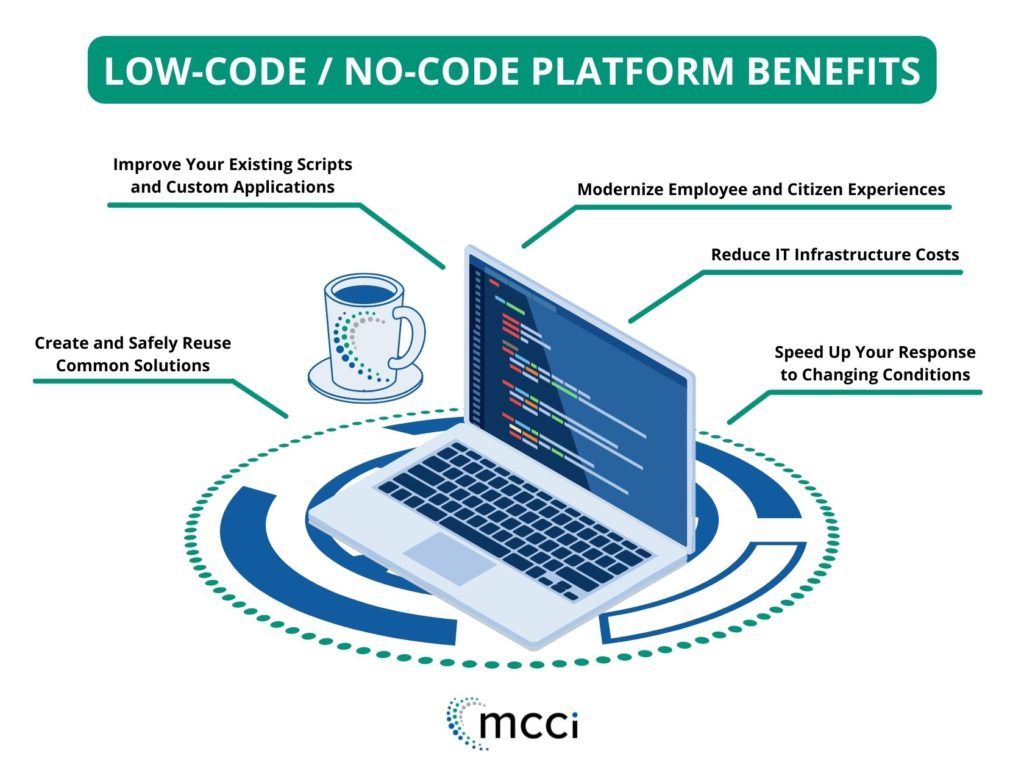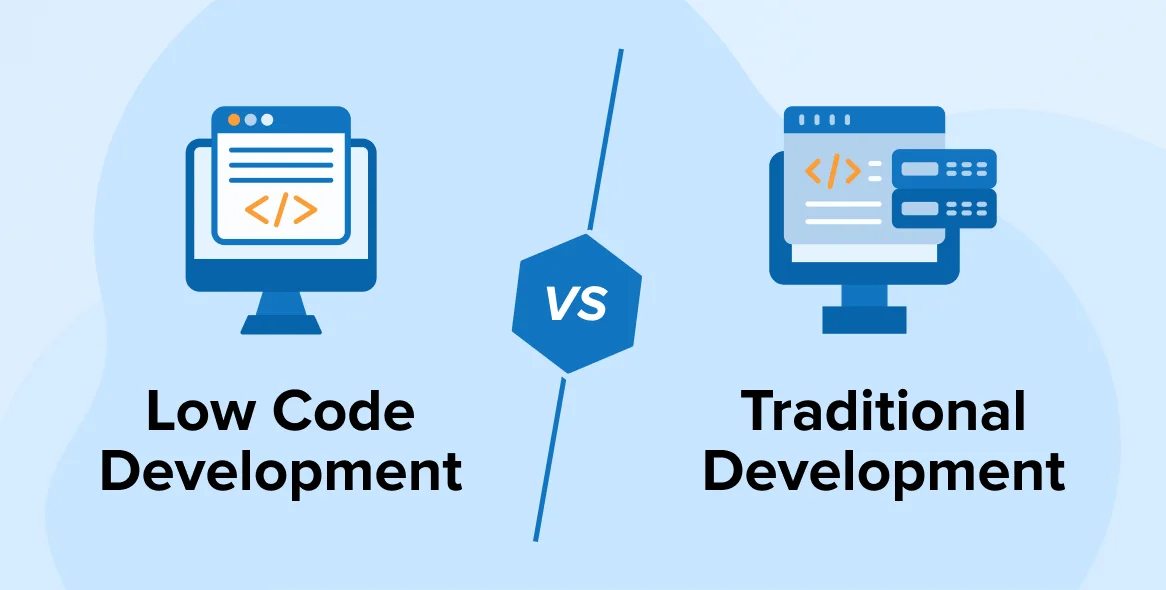Introduction – Why Governments Are Betting Big on the Cloud
Global public-sector cloud spending is expected to top US $675 billion in 2024, a 20 % rise year-on-year, driven by the twin pressures of budget discipline and citizens’ demand for digitally-delivered services.Throw in AI-powered analytics, heightened cyber-threats, and relentless compliance mandates and the case becomes straightforward: modern governments can no longer afford to run creaky on-premise stacks.
Yet “moving to the cloud” is never a one-size-fits-all decision. Data-sovereignty clauses, FedRAMP or equivalent frameworks, procurement hurdles, and skills gaps keep CIOs awake at night. This guide strips away jargon and provides an agency-friendly roadmap—complete with expert reviews, FAQs, and the candid drawbacks vendors seldom advertise.
Quick-Glance Benefits of Government Cloud Adoption
- Elastic budgets: Pay-as-you-use pricing eliminates hardware cap-ex and fits biennial budgeting cycles.
- Faster mission roll-outs: Stand up a new benefit portal in days, not quarters.
- Security compliance built-in: FedRAMP High, CJIS, ITAR and DoD IL 5/6 mappings are increasingly turnkey.
- AI & data analytics: Hyperscaler GPUs make petabyte-scale insights practical.
- Disaster resilience: Multi-Region fail-over beats secondary on-prem data centers that sit idle until storms hit.
The 2025 Government Cloud Line-Up
Below are the seven most requested platforms in public-sector RFPs this year, each followed by plain-English strengths and gotchas.
| Cloud Service | What It Does Well | Potential Drawbacks |
| AWS GovCloud (US) | Biggest FedRAMP High catalog; new Backup Audit Manager reports simplify oversight. | Price tiering is opaque; only two isolated US Regions—latency can be an issue for global embassies. |
| Microsoft Azure Government | 116 services at FedRAMP High—largest scope; GCC-High roadmap adds Copilot AI in 2025. | Licensing maze (Azure + M365 + Dynamics bundles) frustrates finance teams; learning curve for ARM templates. |
| Google Cloud Assured Workloads | Lets agencies build “clean rooms” in commercial regions without separate gov-only SKUs; new FedRAMP collaborations accelerate ATO. | Service breadth smaller than AWS/Azure; tooling for Identity-Aware Proxy may confuse legacy teams. |
| IBM Cloud for Government | Long mainframe pedigree, broad hybrid tooling; AI governance suite launched June 2025 appeals to regulators. | Market share modest—fewer third-party integrations; some workloads still require classic infrastructure tiers. |
| Oracle US Government Cloud | Built-in CMMC tooling; aggressive pricing for Oracle DB workloads; FedRAMP High JAB authorization. | Ecosystem less mature; vendor lock-in risk if core ERP is already Oracle. |
| Salesforce Government Cloud Plus / Plus-Defense | Rapid low-code apps atop Customer 360; IL 4 accreditation attracts DoD program offices. | Primarily SaaS—cannot host custom runtimes; per-user pricing escalates quickly for large agencies. |
| UK G-Cloud Framework | Lightweight procurement for 5,000+ pre-vetted vendors; transparent catalog pricing. | Limited to the UK public sector; framework refresh cadence can lag bleeding-edge tech. |
Real-World Snapshots (Reviews)
- Louisiana State Government (Azure): Using AKS and Azure Virtual Desktop, officials piloted containerized GIS apps and virtualized tax-collection desktops—cutting patch-times by 40 %.
- Federal Agency Modernization (AWS): Guidehouse migrated 50+ legacy apps to AWS GovCloud, trimming data-center O&M by US $8 million annually.
- Public-sector AI at Google I/O 2025: Agencies previewed gen-AI-powered chatbots for permit processing, slashing wait times from weeks to minutes.
“In our own deployments we’ve seen agencies reclaim budget and redirect talent from server babysitting to citizen-facing innovation. Cloud lets governments punch above their weight—when executed with discipline.”
— Tamer Badr, Founder & CEO, Singleclic
People Are Always Asking…
Citizens, auditors, and even ministers bombard IT leads with repeat questions. Below are the top three and concise answers you can repurpose in briefings:
- “Is a U.S.-based cloud legal for our overseas mission?”
Yes—so long as data residency clauses allow it or you create Region-pinned buckets. AWS GovCloud and Azure Government support export-controlled data in U.S. soil only; embassies often pair these with local CDN edges. - “Won’t we lose control of our data?”
Control is contractual, not physical. Agencies maintain encryption keys (customer-managed keys) and can audit every admin action via immutable logs. - “Does cloud cost more?”
Lift-and-shift migrations may spike costs. Modernize first—use autoscaling, serverless, and reserved-instance discounts. Gartner predicts the biggest savings in the first 18 months for agencies that refactor.
FAQ
- Q: Which compliance badge matters most?
A: In the U.S., FedRAMP High and Defense IL 4/5 are table stakes; in the EU, look for ENISA and GAIA-X alignment. - Q: How fast can we obtain an Authority to Operate (ATO)?
A: Average is 90 days with pre-vetted baselines; Google’s Assured Workloads + stackArmor promises 30 days. - Q: What about hybrid cloud?
A: Azure Arc, AWS Outposts, and IBM Turbonomic bridge on-prem kit when data must stay onsite. - Q: Are AI services such as Azure OpenAI or Amazon Bedrock approved?
A: Azure OpenAI just hit FedRAMP High; Bedrock is in progress—check your agency’s interim ATO stance. - Q: Can we build cloud-native apps without vendor lock-in?
A: Stick to containers, open APIs, and IaC; or partner with specialists such as Singleclic’s cloud-native apps team.
Decision Checklist
- Map Data Classifications. Secret? IL-6 narrows choices to AWS Secret, Azure Government Top Secret.
- Estimate Five-Year TCO. Include egress fees, support tiers, and staffing.
- Pilot & Benchmark. Run a real workload for 30 days; measure latency and cost variance.
- Plan Exit Strategy. Define data-export scripts on day 1—regulators may ask.
- Upskill Team. Fund certs: AWS Certified Security, Azure SC-100, or Google Professional Cloud Security Engineer.
Potential Pitfalls & How to Dodge Them
- Hidden Data Egress Fees (AWS, GCP): Bulk analytics can explode bills—negotiate “data-integration discounts.”
- License Sprawl (Azure): Consolidate under a single Enterprise Agreement before migrating.
- Feature Parity Gaps (Google vs AWS): Some advanced AI accelerators are still preview-only; schedule quarterly roadmap reviews.
- Vendor Concentration Risk (Oracle): Multi-cloud disaster recovery offsets the “all-eggs” issue.
- SaaS Flexibility Limits (Salesforce): Great for CRM workflows; awkward for bespoke algorithmic processing—integrate via Heroku or external microservices.
How Singleclic Can Help
Singleclic has delivered over 120 public-sector cloud rollouts across EMEA. Explore our government solutions hub for template RFP language, compliance accelerators, and migration runbooks.
“Cloud isn’t just new tech—it’s a policy lever. When agencies modernize securely, citizens feel it in faster passports, cleaner streets, and quicker disaster relief.”
— Tamer Badr
Key Take-Aways
- Cloud adoption in government is no longer experimental; it’s a mandated cornerstone of digital service delivery.
- Each hyperscaler offers formidable compliance tooling, but cost transparency and lock-in remain legitimate concerns.
- Pilot early, negotiate hard, and keep citizens—not servers—at the center of your roadmap.









